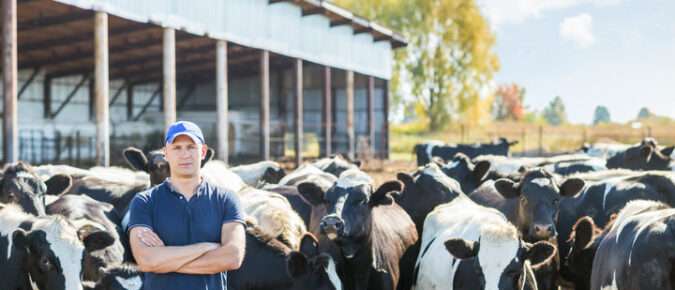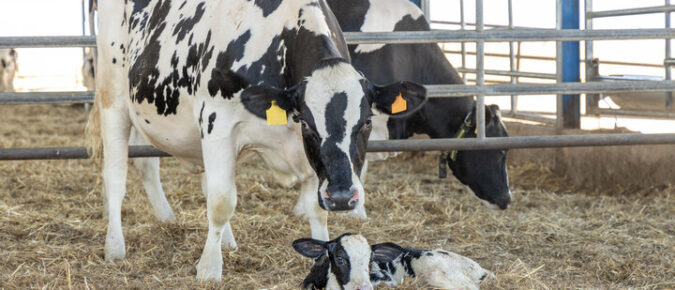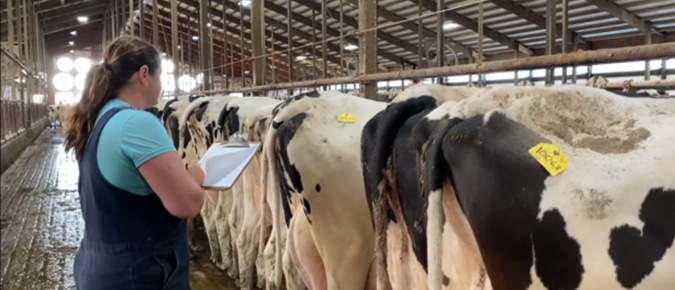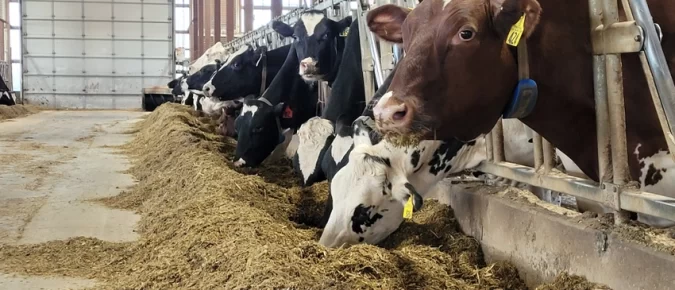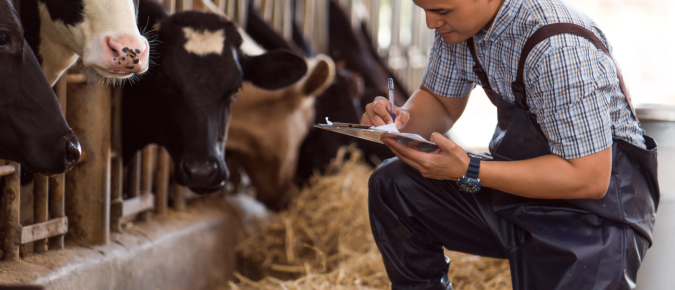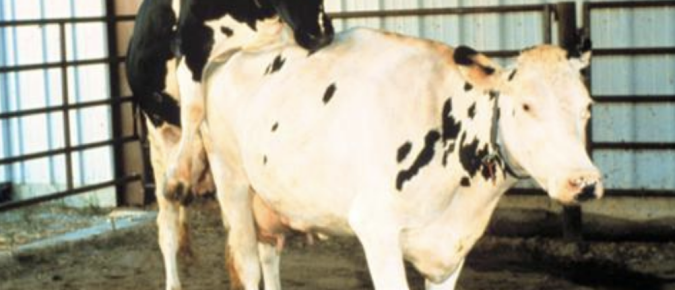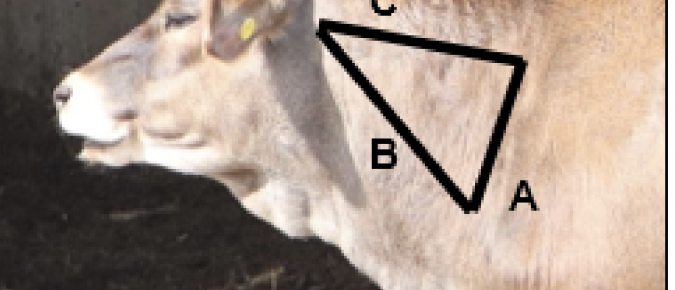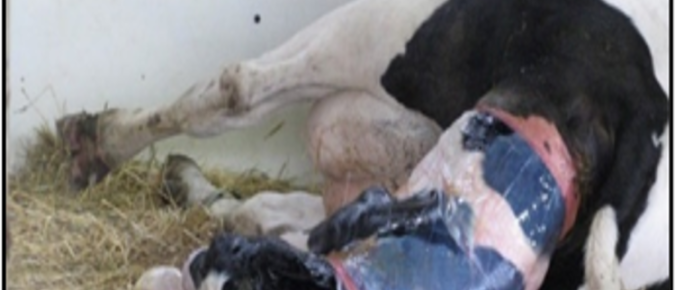Estrategias para mejorar el desempeño y manejo reproductivo Presentador Resumen Presentador Dr. Julio Giordano Profesor del departamento de Ciencias animales Universidad de Cornell Resumen La reproducción es un pilar fundamental en la producción lechera. Un buen manejo reproductivo se traduce en un mayor número de partos, un intervalo calórico más corto y, en última instancia, […]
Estrategias de manejo para mejorar salud y productividad de Terneros Presentador Resumen Presentador Dr. Lautaro Rostoll Profesor asistente del departamento de Ciencias animales y lecheras Universidad de Wisconsin – Madison Resumen Los primeros días de vida son cruciales para el desarrollo de un ternero sano y productivo. En este video, te mostraremos las mejores prácticas […]
Today, we can form our own pyramid of characteristics for high performing dairy herd reproductive management. During a recap of the 2024 Reproduction Roadshow, Dr. Paul Fricke, Dairy Cattle Reproduction Specialist for UW-Madison and Division of Extension, introduced his building blocks for top reproductive performance and how achieving each step opens more opportunities to use additional reproductive technologies.
Proper semen handling requires being comfortable with a liquid nitrogen tank so you can work quickly and effectively to avoid damaging frozen semen.
Why do cows that face a common challenge (Stress) respond differently to it (Strain), and how do managers capitalize on this?
Advances in activity monitoring technology have taken electronic estrus (heat) detection from concept to reality on more dairy farms today. This is of significance because estrus detection has historically been a challenging task.
Synchronization protocols evolve rapidly as newer procedures are tested and improvements are made. To help veterinarians and industry professionals deal with rapid change and make informed decisions related to synchronization protocols, the Dairy Cattle Reproduction Council (DCRC) has created synchronization protocol sheets for dairy cows and dairy heifers.
Earlier in the year, I attended the Four-State Dairy Nutrition and Management Conference, where many of the topics focused on transition cow care. One of the big take-home points from more than one speaker was that prevention of clinical disease is vital for long-term success of your cows. Issues during the transition period are associated with reduced reproduction and milk production. Prevention is followed closely by early diagnosis of clinical disease issues.
Over the past two decades, a reproduction revolution has occurred in the dairy industry. Twenty years ago, the 21-day pregnancy rate in U.S. dairy herds averaged about 14% with conception rates rarely exceeding 40%. In 1998, the annualized 21-day pregnancy rate goal was 20%, which few herds could achieve.
Estrus detection, commonly referred to as heat detection, is one of the most important reproductive management tasks performed on the farm. Simply put, if cows are not identified in estrus they will not be bred by Artificial Insemination (AI) and have no chance of becoming pregnant. Estrus detection accuracy is also critical.
Using proper injection techniques for animal health products, including reproductive hormones, helps ensure products work effectively. In addition, it is important to safely handle animals and health products to protect both farm workers and animals.
Maintaining a successful reproductive program in our modern dairy and beef operations requires dedication. While it is rewarding to hear a pronouncement of pregnancy, there is not much the manager can do with that information, except wait.




